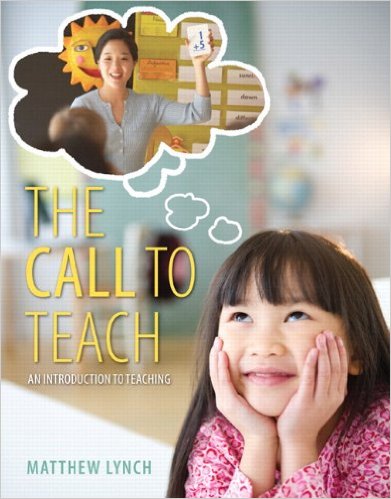Paul Thomas, Furman University
The bi-partisan federal legislation in the US popularly known as “No Child Left Behind” was passed during George W Bush’s first term. It had two important goals: to increase scientifically based education research and to narrow the racial achievement gap. Both goals have proven to be elusive and complicated.
Scientifically based education research has been ignored repeatedly in the US. Instead, many ongoing school reforms continue despite limited evidence from the research base of their efficacy. These include reforms such as the “Common Core standards” (a national curriculum for all public school students), the widespread take-up of charter schools, and increasing support for the alternative (non-certification) teaching programme, Teach for America.
Current education policy has also increased debates about and efforts to address teacher quality. Now, a renewed interest in how teachers are assigned to particular schools appears to be gaining momentum. The US department of education is developing a 50-state strategy to equitably distribute the best teachers around the country.
Hard to identify a good teacher
Traditionally in the US, teacher quality has been rewarded based on years of experience and advanced degrees. But few efforts to identify what makes a good quality teacher have proven effective. More recently, policies that quantify teacher quality using value-added methods, combined with paying on merit, have replaced traditional teacher compensation and evaluation.
Value-added methods being adopted across the US involve students sitting pre- and post-tests and using that data in complex calculations that determine each teacher’s “value”, or impact on students’ test scores.
While linking teacher quality to student test scores has political and popular appeal, that process is less precise than advocates claim. Further reforms, aimed at determining teacher quality, are addressing how students are assigned to teachers.
A report for the Education Trust, a US not-for-profit, back in 2006, detailed the inequity of teacher assignment by social class and race across the US. It found that high poverty and high minority schools have a disproportionate number of un-certified and under-certified teachers, especially for subjects such as maths. These students were also disproportionately assigned to new teachers.
The study’s authors, Heather Peske and Kati Haycock, concluded: “Overall, the patterns are unequivocal. Regardless of how teacher quality is measured, poor and minority children get fewer than their fair share of high-quality teachers.”
Flawed move towards pay for results
Since teacher quality and assignment have historical and current patterns of inequity, many reform advocates promote greater use of value-added methods to address that gap. But as maths teacher and blogger Gary Rubinstein explains, trying to use these methods to close the teacher quality gap is also flawed.
He says there is a problem with the implication that those teachers who are rated as “effective” in one school with a wealthier population, will “still get that same ‘effective’ rating if they were to transfer to a poorer school”.
Identifying teacher quality is complex not only because different populations of students affect teacher quality but also because teacher quality contributes only a small percentage of measurable student achievement.
While states in the US are increasingly replacing traditional practices for evaluating and compensating teachers, Stanford University’s Edward H Haertel warns this can translate into “bias against those teachers working with the lowest-performing or the highest-performing classes”.
“Attempts to recruit and retain the best teachers where they are needed the most,” explains former UCLA lecturer Walt Gardner, “have largely been unsuccessful”. These earlier and even more recent efforts have focused on increasing teacher pay to attract high-quality teachers.
Repackaging incentives and bonuses will not retain experienced and effective teachers in high-needs schools and students. Gardner argues that instead:
If we want to create equitable distribution of teachers, we have to make conditions for teaching in schools serving poor and minority students so attractive that few will refuse the opportunity to teach there. I suggest starting with three periods a day, each containing a class of no more than 15 students. I’d then add a non-certificated adult to act as a teaching assistant for each teacher. This will be expensive, but if we’re serious about getting the best talent it’s the price we have to pay.
Getting the conditions right
For students living in impoverished homes, the conditions of living are powerful forces that overwhelm their ability to be successful at school. Since the conditions of learning at school tend to reflect those living conditions, students are further alienated from opportunities to learn.
For teachers, the conditions of teaching are also vital. The two original goals of “No Child Left Behind” are likely best served by addressing class size, teacher autonomy, facilities conditions, and schools as communities.
But attracting high quality teachers will have to do more than changing the teaching conditions in high poverty schools, which tend to reflect the same inequities found in the communities they serve.
As long as schools in the US allow children to be doubly disadvantaged by their home communities and their schools, teachers are unlikely to find either that community or that school a place to spend their career.
Policies addressing teacher quality and equitable teacher assignments must address inequity and poverty both in society and in schools. These commitments should prove to be far more effective than measuring teacher quality based on test scores or offering teachers increased salaries.

Paul Thomas, Associate Professor of Education, Furman University
This article was originally published on The Conversation. Read the original article.
Click here to read all our posts concerning the Achievement Gap.


